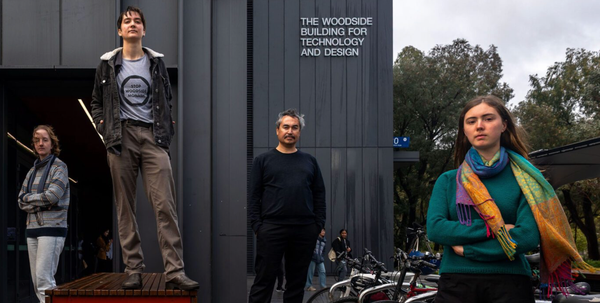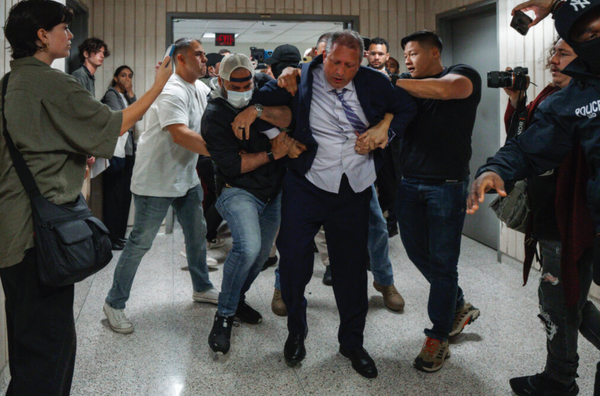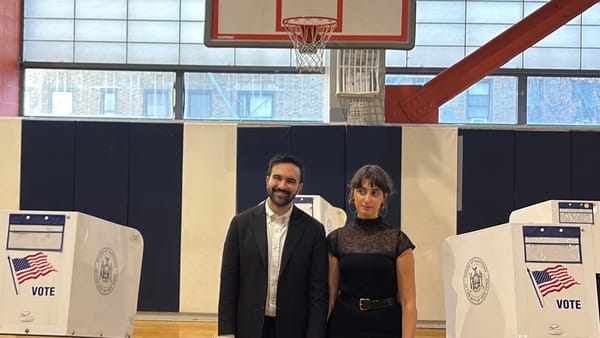The Missing Pieces
A death in custody inquest reveals more by what it omits
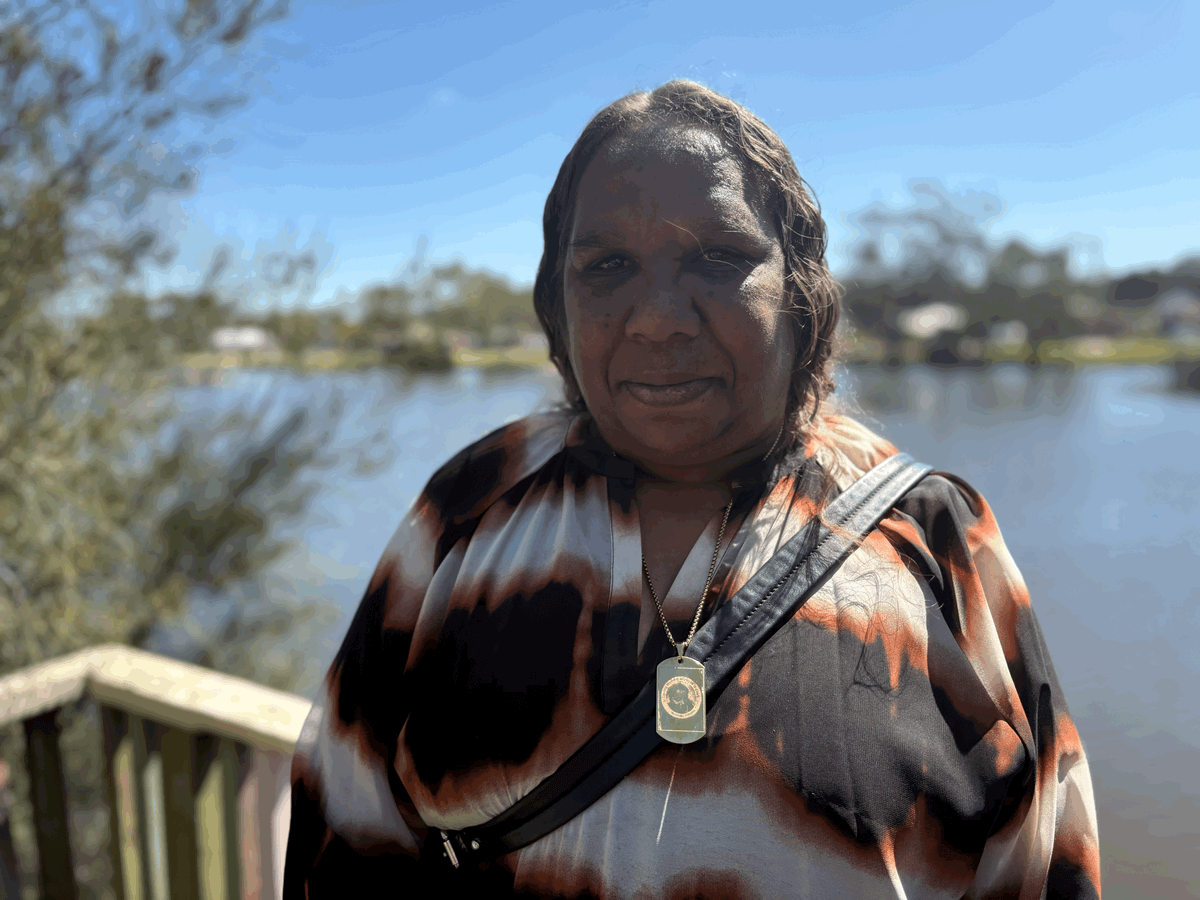
I vividly remember finding out on a sunny September morning in 2019.
I’d just got back from court to the advocacy office where I worked. As I came in from the back I saw Bernadette Clarke in the corridor - a client I’d been helping to relocate her family from Carnarvon. As she moved towards me, I said “Bernie, sista, what’s going on?” and opened my arms wide for a hug.
“Jess - they shot her. It’s my sister. The one in the paper.” She collapsed onto me, sobbing.
I knew immediately what she meant. In the first sign of a surprisingly progressive new editorial position on Aboriginal issues from the paper, the front page of The West Australian that morning was headlined “A MID WEST NIGHTMARE” and talked about a young woman “shot dead by a cop”. Bernie’s sister, JC, had been gunned down on a suburban street in Geraldton just days after being released from a mental health inpatient facility, and only three weeks after her release from prison. She was surrounded by eight police officers at the time of her death, holding a pair of scissors and a bread knife after earlier telling family she was suicidal. One officer, Constable Wyndham, shot her within seconds of exiting his vehicle.
That was the start of a long, six year saga for Bernie and her family. The police officer who shot her sister was charged with murder shortly afterwards, the first cop in nearly a century to stand trial for the crime.
In 2021, I sat with Bernie through every day of a four-week Supreme Court murder trial that ultimately ended one afternoon with a jury acquitting him of all charges. The eruption of guttural rage and pain from the family on the courtroom steps was graphic, haunting and all too predictable.
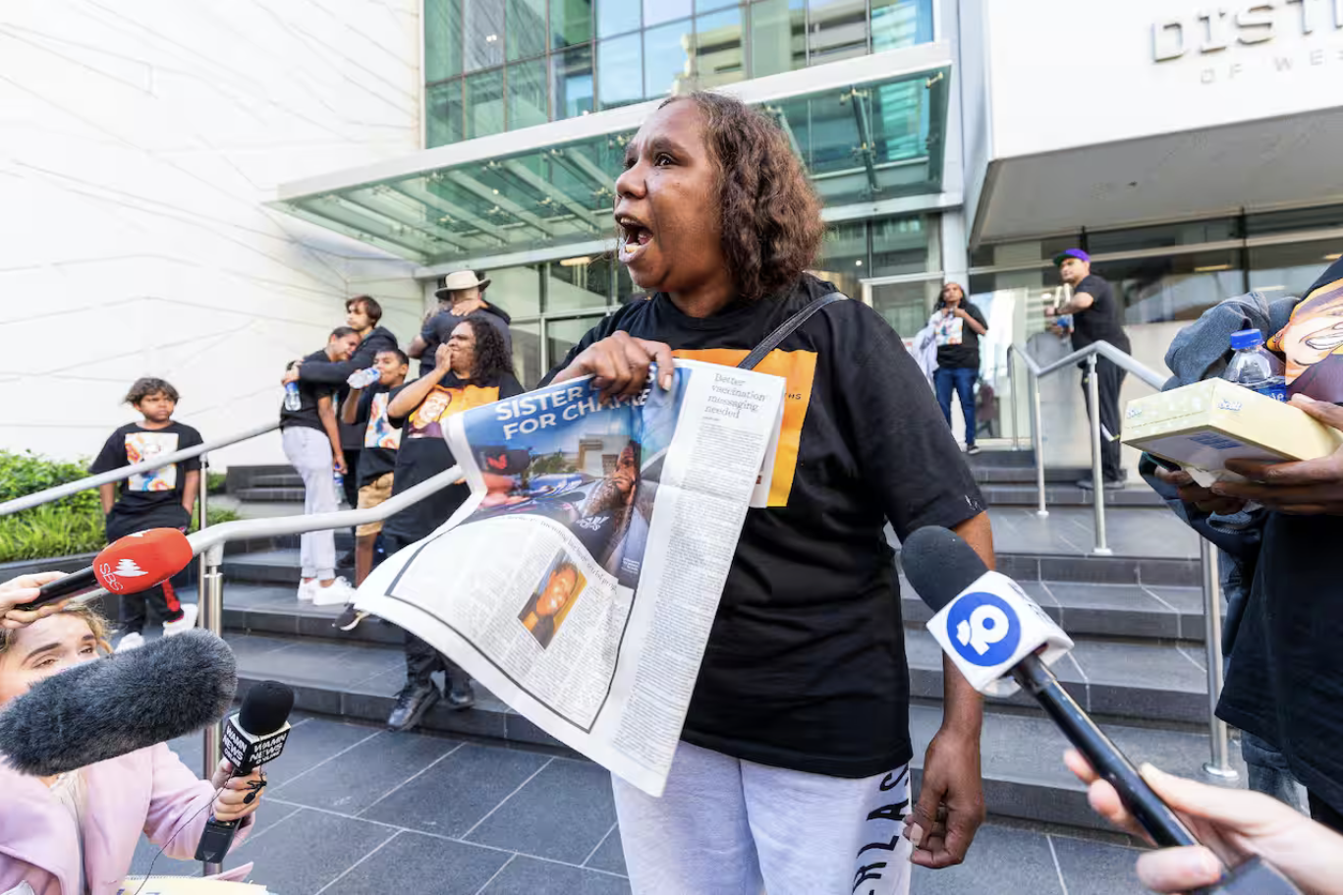
Then, for a long time, not much happened with the case. Bernie would call, periodically, asking what was happening with the inquest. It would take another three years before it was finally held last year. Compared to the forensic detailing of the murder trial, the inquest process was designed to examine deeper issues leading up to those final few seconds in Geraldton. I sat in on only a few of those hearings, but the coroner was clearly running things at a pace to more gently uncover systemic factors.
“She was the one who actually made me feel like I was a part of my sister's life, was the coroner,” Bernie told me.
“She actually acknowledged me, for the country that we were standing on - as well as a lot of respect from her.”
Between hearings, Bernie and the kids would return to their home in Northam, where the kids are in school. Just before the murder trial, we had finally managed to get Bernie and her three beautiful kids a house, courtesy of The West Australian. Bernie had been waiting for public housing for years, ever since fleeing a domestic violence relationship up north. Hours before the West was due to run a splash about the fact that JC’s sister was homeless as her sister’s killer was about to go on trial for murder, the government called and offered her a three bedroom property.
“That phone call from the Minister of Housing, that was deadly,” she reflected when I visited her in Northam this month. “I felt like I was recognised as a voice, you know, to have that call from the parliament. That made me powerful, too.”
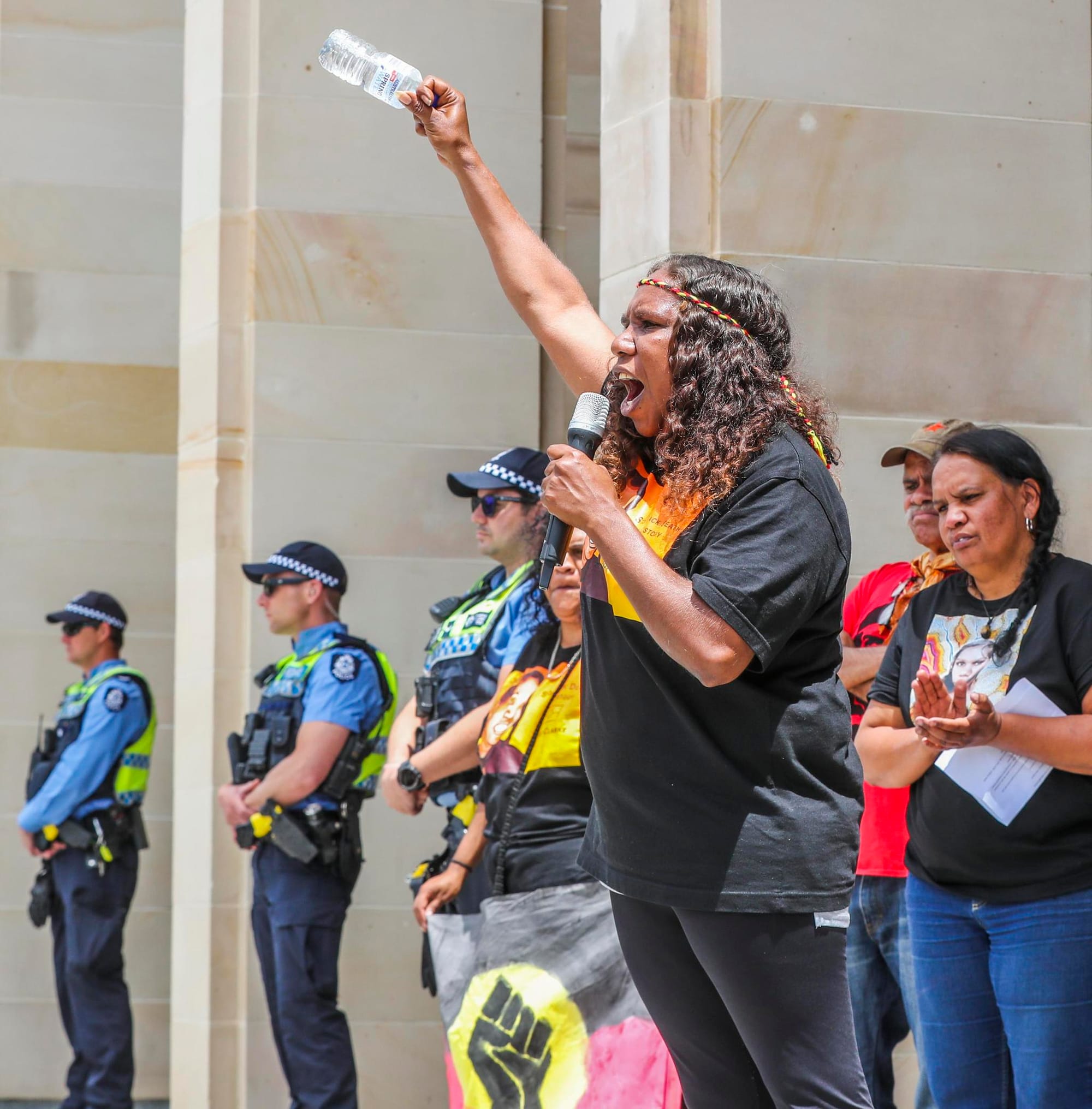
After securing stable housing, Bernie has now got a job and her driving license.
“It really changed us when we got that house,” she said. “It gave me a stronger independence and stronger backbone to change I guess.” That was an opportunity her sister never received.
More than a year after the inquest began, the findings were finally released in July this year. Where the outcome of the murder trial was a sudden blow for the family (“I crumbled. It crushed me”), the 90-page inquest report and its recommendations took longer to sink it. Initial media coverage from the ABC had Bernadette “welcoming” the findings, although that same day the West Australian reported that she was “appalled” and “disgusted” with the focus on her sister’s mental state. Mainly, she told me now, she felt anger.
“The recommendations should have been more stronger and powerful as in leading to the fact that he used too much force,” she said, referring to the fact that within seconds of the police officer arriving on the scene he shot JC at point blank range, while other police had pulled out tasers or tried to talk with her. “He should not have used the force on her.”
Bernie asked me to come to Northam to tell this story because she felt that her concerns about the gaps in the coroner’s report had not been adequately covered by the media upon its release.
In particular, as we spoke, she identified two areas that she had hoped would be fully explored in the final report on her sister’s tragic death: mental health care, and housing.
“I felt like she needed that support of housing, as well as the support of mental health, to give her the option of a better choice,” she told me about her sister’s release from prison. “To me, they just sent out a ticking time bomb, poor little soul.”
The coroner’s report references JC’s homelessness three times. Twice, it finds that the psychiatric assessment she underwent when she was hospitalised shortly after her release from prison found that “her suicidal ideation was related to her being homeless.” In her conclusion, the coroner also stated: “At the end of JC’s life, her experience of homelessness exacerbated her already fragile mental state, leading her to express suicidal ideation.”
The coronial report establishes a clear chain of causation from Joyce’s homelessness to her mental health crisis, exacerbated by her drug use, which upon her release swiftly led to the return of suicidal ideation. That directly precipitated the stand-off with police that caused her death.
For Bernie, that outcome was obvious. “A lot of it is being released when she didn't have a home to go to, just went to and from families’ homes. She should have had more support. That's where the failure is with the government.”
Yet nowhere in her nine recommendations does the coroner mention housing or homelessness.
“There was no support for her mental health and housing, and so the poor girl comes out of prison and didn't have any options, you know? The only option she could use was to turn to the drugs,” Bernie says. “ They should have gave her better options, in the actual prison system. They should have at least set her up before she was released, with housing and mental health.”
I used to use a pyramid model to talk about the role of housing as a factor underpinning a range of higher order, high profile First Nations justice issues like child removal, incarceration and deaths in custody. Parental homelessness is the leading cause of child removal at birth, according to social workers at King Edwards’ Maternity Hospital. Nearly half of Aboriginal people entering WA’s prison system are homeless, and two thirds are homeless on their release. The end result is what happened to JC. But because the lack of basic security and stability that homelessness causes is less proximate than a cop with a gun in his hand, it is often overlooked.
The murder trial was direct, ruthless and brutal, reflecting the incident it was concerned with, and the verdict came abruptly. We were swiftly summoned back in to the courtroom from outside just as the jury filed back in. I looked back at Bernie, sitting stricken in despair as the foreman said the words. Later that week we drove back to Northam with the kids.
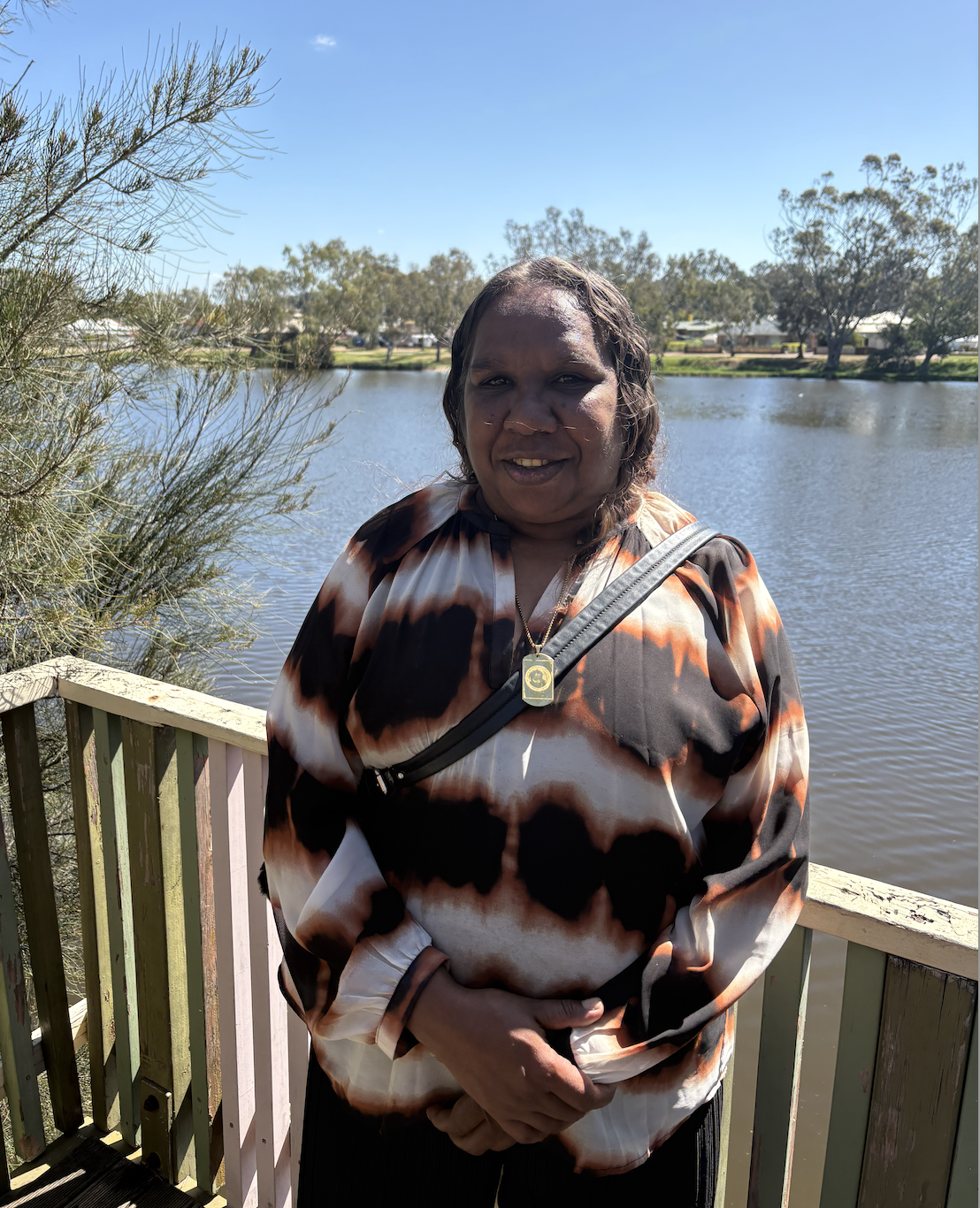
The inquest promised closure. It provided acknowledgement for the family and their culture. It gave Bernie a platform and a voice. But it failed to find a way in to the roots of what happened, and I worry that the recommendations don’t delve deeply enough to understand what could stop the same thing happening in future. By the time JC was wandering the streets of the mid west with a bread knife, she was “a ticking time bomb”, as Bernie said.
Reading through a pdf of the inquest report, I kept waiting for the case to crack open, and the foundations of JC’s tragedy to be exposed. That didn’t happen - instead, it seemed to paper over the real systemic factors in favour of quicker fixes.
As for Bernie, she’ll be right. She has found her voice. She wants to start a foundation in her sister’s legacy - ‘Deadly Sisters’.
“That’s what she was to me,” she told me. “Sometimes the information can be the healer. It can help you be a stronger person and a role model for your kids,”
“For the young generation - we’ve got to lead for them. Got to be around for many, many more moons.”



